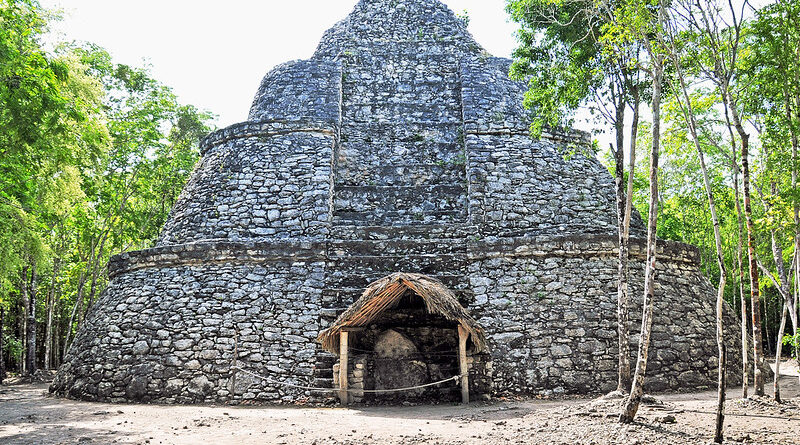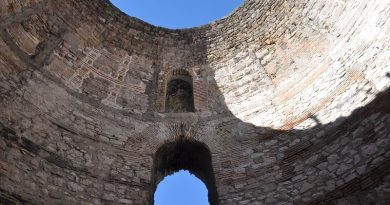The Maya
Often considered to be the most sophisticated of the pre-Colombian American cultures, the Maya were well-known for innovative developments in written linguistics, architecture, mathematics and astronomy. Based in Central America, specifically in modern-day Belize, Guatemala, Honduras and Mexico, The Maya Civilization lasted from the Pre-Classic Period around 1800 BC up until the conquest of the Americas by the Spanish reaching its peak in what is known as the Classic period from around 250-900 AD.
In contrast to other Mesoamerican civilizations, Mayan civilization survived the immediate colonization of the Spanish in what is known as the Classical period collapse, but it began to irreparably decline and ultimately withered away. In contrast to archaic Western civilizations, the Mayan race was spread over several Kingdoms, each ruled over by a leader called an ajaw. These kingdoms usually only consisted of a central city and the immediate surroundings. It was uncommon but not unheard of for certain kingdoms to be more powerful than others but no one dynasty ever exerted significant control over the wider populace.
Among the Maya’s most endearing accomplishments are their architectural structures. Most famous of which were their stepped pyramids such as El Castillo in Yucatan, Mexico. Other structures included palaces, religious temples and observatories, the latter of which reflecting the Maya’s keen interest in astronomy. Indeed, the Mayans were highly regarded for their skills in astronomy, making several accurate observations. A common trait of Mesoamerican societies, the Mayans were capable of keeping track of time through measuring the solar year, far more so than European cultures.
Like other Mesoamerican cultures, the Mayans’ religious beliefs were steeped in their belief of the cyclical nature of time. Similar to many ancient religions, they believed that the cosmos was comprised of three spiritual planes, the heavens, the earth and the underworld, the latter of which was known as Xibalba. They believed in a number of deities, including Itzamna, the god of the sky. Like other Mesoamerican cultures, the Maya did engage in human sacrifice in accordance to their religious beliefs, but not nearly to the same extent as other races such as the Aztecs. Although many aspects of their civilization remains shrouded in mystery, the Maya were nonetheless one of the most unique and innovative ancient cultures of the Americas.
More information:
Watch: Empire Builders: The Maya
Read: Lasting Impressions: Frederick Catherwood’s drawings of Maya Ruins
Read: The Looting of Mayan Ruins in Uaxactun
Read: The Magnificence of Mayan Structures
Main Image: Mayan Pyramid, Coba, Mexico. Pilot Productions ©
By Louis Cross




